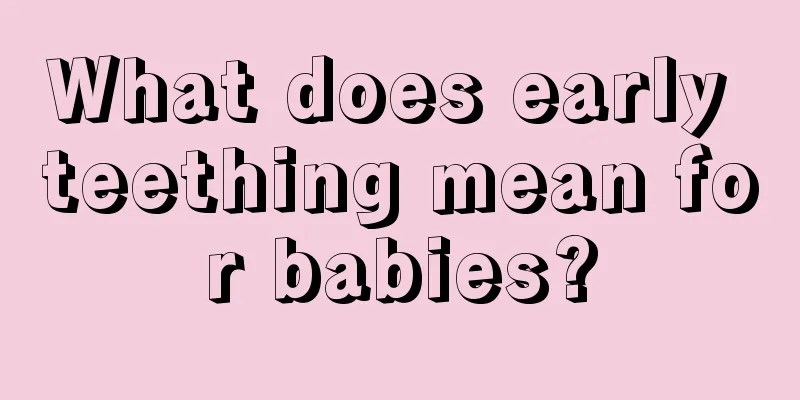How to treat wheezing pneumonia?

|
Recurring asthmatic pneumonia is an extremely dangerous condition, because if asthmatic pneumonia keeps recurring, it can easily lead to asthma. Everyone knows that having asthma can cause great inconvenience to the people around you and your life. Asthmatic pneumonia often occurs in children, so how to effectively prevent children from suffering from this disease becomes a big problem. So what should we do? Overview: Asthmatic pneumonia is a special type of pneumonia with cough, wheezing and shortness of breath as its main symptoms. It is also called bronchiolitis because its lesions involve the small airways, namely bronchiolitis. This disease is a common lower respiratory tract infection in infants and young children. symptom: The main symptoms are fever, cough and wheezing. The onset of pneumonia can be acute or slow, and usually occurs several days after an upper respiratory tract infection. Veteran expert Chen Xianbiao pointed out that the initial symptoms of asthmatic pneumonia are fever or cough, with the body temperature generally being 38 to 39 degrees Celsius. Adenovirus pneumonia can cause a high fever to persist for 1 to 2 weeks. Treatment of wheezing pneumonia: There are three main common methods for treating wheezing pneumonia: traditional Chinese medicine, Western medicine, and a combination of Chinese and Western medicine. Prevention and care: 1. Early spring is the season when colds are prevalent, so try to avoid going to public places as much as possible. 2. If you have a cold or cough and experience one or more of the following symptoms, you should see a doctor immediately: your breathing is faster than usual and your breathing is louder; your breathing is intermittent; your chest cavity sinks when you inhale; your nostrils flare; you make a humming sound; you cannot drink any liquid and choke when you drink; your skin turns bluish purple. 3. Keep warm, breathe fresh air, and prohibit smoking indoors. In cold seasons, pay special attention to maintaining a suitable room temperature, but pay attention to ventilation. Many people say that unclean air can easily lead to pneumonia. This statement is not without reason. After all, if the air is dirty, the quality of the inhaled air will be very poor, which is a stress on the body of adults, let alone children? Therefore, the protection of children should start from their surrounding living environment. |
<<: What should I do if my child has recurrent tracheitis?
>>: What should I do if my child has meningitis?
Recommend
What are the reactions to BCG in newborns?
In many areas, newborns must be vaccinated after ...
Dietary considerations for children with bronchial asthma
Bronchial asthma is a respiratory infection disea...
What is the cause of delayed myelin development in the white matter?
The brain is a complex organ, composed of various...
Can 5-month-old babies eat watermelon?
Children must be paid attention to in normal time...
How to heat baby food?
We all know that for the sake of health, unless i...
Causes of newborn spitting up breast milk
It is a common phenomenon for newborns to spit up...
Can a 15 month old baby eat yogurt?
A 15-month-old baby is just over one year old. At...
Can children drink effervescent tablets?
When we go to the pharmacy to buy medicine, we wi...
What to do if the little girl has rough skin
Compared with boys, girls generally care more abo...
What to do if your baby catches a cold in summer
Summer is the hottest time of the year, and it is...
The reason why children always blink
The eyes are the windows to our soul. When everyo...
Why does my ten-month-old baby have a blocked nose?
Many mothers do not know what causes their childr...
What are the dangers of long foreskin in children?
Many parents find that their baby boys have fores...
How to prevent baby indigestion
In weather like summer, the body is easily invade...
Eat these foods regularly and your child will never become nearsighted
Children are a high-risk group for myopia, which ...









